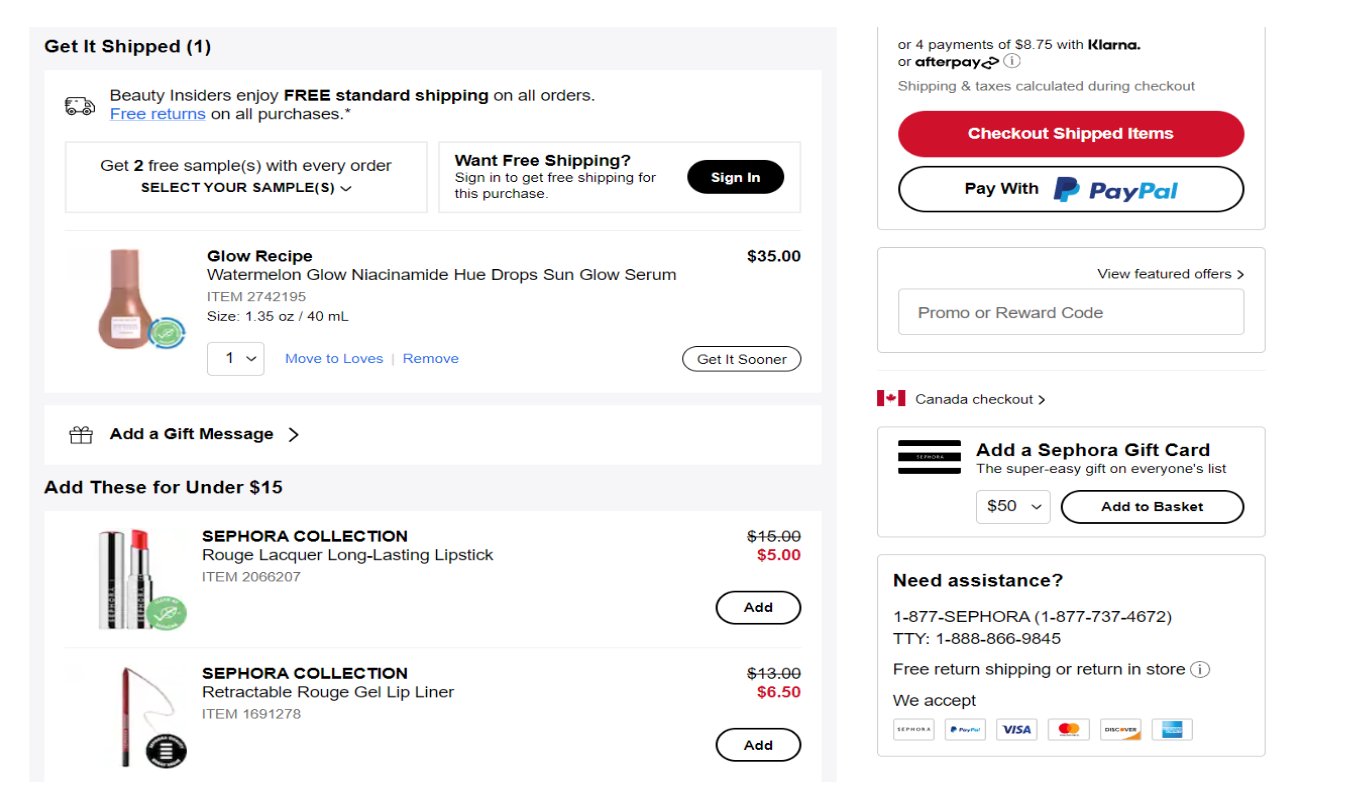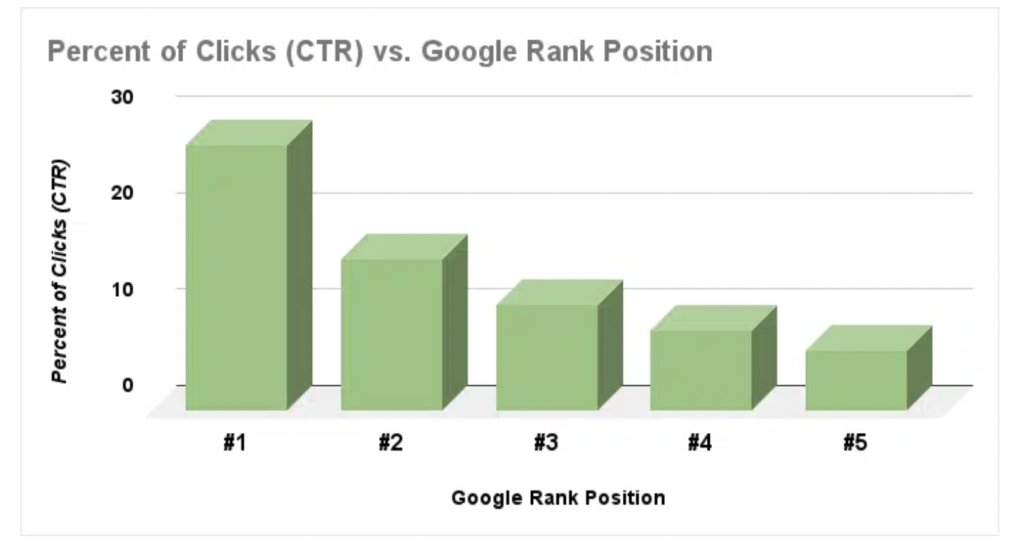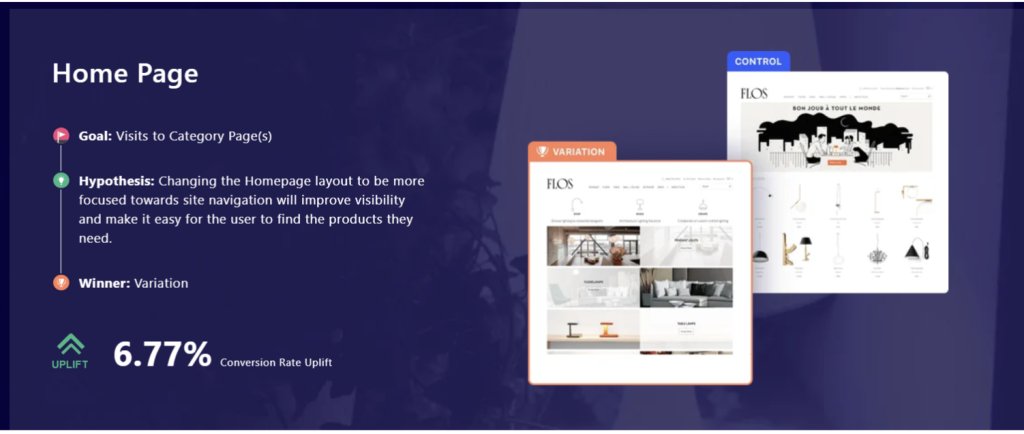Follow us and stay on top of everything CRO
Read summarized version with
Are you planning to set up your eCommerce website? Or do you already have a store but are struggling to drive revenue?
You’re at the right place!
Creating an engaging eCommerce website is crucial for any business to build its online presence and stand out among websites offering the same products and services.
Even minor tweaks, such as adding a high-quality product image or a discount CTA when the user is about to leave your eCommerce store, could boost conversions.
The key is to continue testing and improving all website elements to achieve an ideal eCommerce site that will improve conversions and eCommerce sales.
This blog is your eCommerce optimization guide to help you understand what it means and what strategies will help you optimize your website to enhance customer conversions and revenue.

What is eCommerce website optimization?
eCommerce website optimization refers to enhancing various elements of your website/ online store to convert visitors into customers.
Optimizing eCommerce websites involves a wide range of strategies and techniques to boost conversion rates and increase overall performance to maximize profits. This can be achieved by improving your website’s user experience and performance to drive more sales and revenue.
Everything on your website should encourage users to purchase, from the logo to website navigation, design to content, product descriptions, and product recommendations.
How can you improve your eCommerce website?
Customers have multiple brand options for each product/ service category. Leaving a long-lasting impact on your eCommerce website will help you stand out.
Creating an easy and smooth customer experience while purchasing is crucial and an evolving process, given technological advancements and customer preferences.
Below are some marketing strategies you can incorporate to improve your eCommerce website.
1. Seamless user experience
A unique design and a practical user experience stay in shoppers’ minds for a long time, making your eCommerce brand stand out among competitors.
A poorly designed website will quickly get identified by search engines. Hence, ensure that your website is easy to navigate and loads quickly.
Charles & Keith’s website is a great UX design example. The brand’s website has been designed smartly and is easy to navigate. The variety of products are categorized so you can easily find your desired product.
If you hover over footwear, you can see an enlarged product view, available colors and sizes, and even a small description.

Design elements such as color schemes, navigation, design, and font play a significant role in user experience.
A quick tip: When optimizing your website’s user experience, consider that your visitors should be able to find the products they are looking for quickly.
2. Customized website experience
These days, shoppers are highly value-driven and attracted to personalized shopping experiences. Personalization of website experience includes showing your target audience relevant, personalized offers and content.
This can be executed based on the customer’s preferences, purchase history, and browsing behavior. Use the web and social analytics to understand who your users are and what they are looking for when they’re on your site.
For instance, logging into your Sephora account shows you the shortlisted products or new launches based on your past purchases across various categories.
This is a great way to make customers feel special and boost per-cart value.

Personalized eCommerce marketing is not limited to websites; you can incorporate it even when users make the final purchase. Various eCommerce websites make that smart move.
Recommending related products at checkout is another personalization strategy that can help boost purchases.
Sephora also follows this strategy by offering products similar to or complementing the cart. They even offer free samples.

A quick tip: You can also employ geotargeting if you serve a particular region, offer products in the local currency, or even make top recommendations based on the region’s trend.
3. Checkout process optimization
Desktop provides a great viewing experience for shoppers on the big screen. Still, desktop eCommerce shopping sessions have an average cart abandonment rate of 73.07%, the lowest among abandoned carts on other devices.
You can also leverage exit-intent technology to reduce abandonment by detecting when visitors are about to leave your website and popping up a discount offer to re-engage them.
Simplifying the checkout process and reducing friction can reduce cart abandonment rates. Optimization techniques include offering guest checkout, multiple payment options, progress indicators, and reducing the number of form fields.
A quick tip: Offer free shipping or a discount to shoppers to encourage them to complete their purchases.
How to optimize your eCommerce website for conversions?
eCommerce website optimization is not a one-time activity; instead, it is an ongoing process that requires continuous monitoring, testing, and refinement to keep up with the users evolving preferences, technological advancements, and market trends.
Here are some critical areas typically focused on in eCommerce website optimization:
1. Quick website load
An eCommerce website that loads within 1 second has three times higher conversion rates. That’s the power of fast website loads.
A website with the ideal load time will reduce bounce rates and enhance conversion rates.
Visitors dropping on your online store will not wait more than a few seconds for it to load. If the website is slow, they might leave without making the purchase.
Optimization techniques include optimizing product images, utilizing browser caching, reducing HTTP requests, and leveraging content delivery networks (CDNs).
A quick tip: Use free online tools such as PageSpeed Insights or DeBugBear to check your website’s load speed. Ideally, a score of 90+ is considered to be good.
2. Improving mobile responsiveness
Given the increasing number of mobile users accessing websites, there’s no better time to take advantage of this exponential growth. People nowadays rely on their smartphones for shopping, travel booking, banking services, and even general internet browsing.
While optimizing the eCommerce website, ensure your website is mobile responsive and provides a seamless experience across all screen sizes and devices.
To optimize your eCommerce sites for mobile devices, ensure that you have a mobile-friendly design that allows visitors to quickly and easily navigate the website.
By developing a smooth mobile experience for your user, you’re expanding your eCommerce website reach. Test the compatibility of your website’s content and graphics on mobile devices using tools like Google’s Mobile-Friendly Test.
Ensure the product descriptions are easily readable on smaller screens, and opt for a minimalistic design to create space for CTAs.
A quick tip: Use free online tools such as Browser Stock or Screenfly to check your eCommerce site’s mobile responsiveness across different screens.
3. Focusing on search engine optimization (SEO)
The top 5 search results on Google account for about 70% of the total clicks. That’s the importance of maintaining your SEO rankings.

Optimizing SEO involves developing your eCommerce site’s content and structure to boost your ranking organically in search engine results pages.
This includes keyword research, on-page optimization, meta tags, URL structure, and building high-quality backlinks.
Leverage SEO audit tools to analyze your website’s performance and identify elements that can be eliminated to optimize your e-commerce website.
A quick tip: Register your website on the Google Search Console to know where your website could be improved in terms of SEO rankings, list your indexed pages, and track keywords they rank for.
4. Develop high-quality product pages
Developing high-quality eCommerce product pages for your website can boost conversions by making customers feel informed and confident about their purchases.
To develop high-converting product pages, start by auditing your current product pages and trying to view things from the customer’s perspective. This will help you identify elements that can be more search engine-friendly.
Then, write detailed product descriptions covering all the aspects that will be important for online shoppers to know to make the purchase. Try to add high-quality images that you can source from social media or customer reviews.
Amazon is a great example of looking for high-quality product pages. All their product pages across all categories have high-quality images, detailed product descriptions, customer reviews, pricing, bank discounts, shipping information, and relevant call-to-action buttons.

A quick tip: Investing time in building your eCommerce homepage can significantly impact your website traffic, search engine rankings, conversions, sales numbers, and more.
5. Analyze user behavior
Understanding the needs of your existing or potential customers is essential to boost your conversion. Interestingly, each visitor landing on your website will provide unique insights, which will help you optimize your website.
Track your visitors’ movement using heatmaps, session recordings, click maps, or scroll maps to gather user behavioral insights. These features will help you understand where your visitors click, how long they scroll, and whether they focus on any particular section of the web page.
This will help you determine why visitors are dropping from your website and analyze areas with the highest user engagement to position your CTAs and maximize visibility.
A quick tip: Use VWO Insights to analyze your customers’ behavior. This easy-to-use tool will allow you to record every visitor’s web session and understand the reasons behind non-conversion.
5. Conduct multiple A/B tests
Now that you have applied all the strategies, it is time to test and try.
A/B testing is the best technique for testing two or more versions of a website, web page, or even page elements with different website visitors to determine which version drives maximum conversion.
A/B testing will help you discover which headlines, images, and on-page elements or CTAs are most effective at converting visitors into buyers.
A solid eCommerce A/B testing tool will help you understand your customers’ shopping habits by gathering insights on how they are browsing your online store using capabilities like heatmaps, visitor recordings, surveys, and more.
This will help you upgrade underperforming popup campaigns, elements, discount CTAs, or recommendations. You identify the most compelling ones for your target audience.

Experimenting with different variations of website elements through A/B testing can help identify which changes lead to better conversion rates and overall performance.
Serpent Forge is a men’s jewelry brand that wants to boost add-to-cart clicks and eliminate confusion during the user journey.
With the help of VWO’s A/B testing tool, the brand figured out that just by adding multiple payment options, the add-to-cart option increased add-to-cart clicks by 82%.
Quick Tip: Continuously test and update your on-page elements, CTAs, or web pages to stay ahead of your shoppers’ expectations and evolving search engine algorithms.
Book your free trial with VWO now.
How to optimize your eCommerce website for search engines?
With the right eCommerce SEO strategies in place, improve the visibility of your eCommerce site in SERPs (search engine results pages) to get organic traffic and drive more sales.
Below are some tips to optimize your eCommerce website for search engines:
1. Keyword research
Keyword research is like laying the foundation for your SEO efforts. You should know the keywords and terms your target potential customers use to search for your products and services.
Conduct keyword research, but don’t just focus on the top keywords. Instead, consider keywords with buyer intent when building your keyword strategy.
Buyer intent focuses on the intention behind a search query and then looks for terms people type into search engines while researching.
Free tools like Google’s keyword planner will help you in your basic keyword research. The tool will help you hunt keywords in your domain with a high search volume and good intent.
A third-party SEO tool can provide more insights, such as the competitiveness of any keyword. Ahrefs, KWFinder, and SEMRush are some of the most popular SEO tools for eCommerce websites.
These tools are ideal for finding keywords that you use to build your content.
2. Optimize product pages
Smart write-on-page optimization techniques will do wonders for your eCommerce stores by acquiring new customers and improving search rankings.
While optimizing your product pages for SEO, ensure you focus on each element of the webpage and keep those evolving with time.
Major elements to focus on while optimizing your product pages are:
- Product descriptions: While writing your product descriptions, you should be aware of the most important elements on the product page and how to enhance the visibility of these high-performing elements. To optimize your product descriptions and keyword-rich descriptions (don’t overuse your primary keywords), add CTAs and impactful customer testimonials.
- Product images: Unique Images and photos make your product page look more engaging. However, optimizing your images for SEO can help you climb search engine rankings and attract traffic to your eCommerce website. While optimizing your pictures, name them with short descriptions and add an alt tag describing the image. This helps with SEO and also ensures accessibility for visually impaired users.
- Product reviews: Picture yourself as a shopper looking for the perfect pair of black heels. Would you trust a product with no reviews or one with glowing reviews and five-star ratings? Encouraging customers to leave reviews helps build trust and provides fresh, user-generated content that search engines love. Send automated messages or emails seeking reviews for their purchase.
3. Technical SEO
Technical issues can seriously harm your site’s SEO efforts.
If search engines have trouble crawling your eCommerce website because of broken links or slow loading times, it negatively impacts your search engine rankings and discoverability. Tools like Google Search Console can help you fix these issues.
Technical SEO makes sure that the website is fully optimized, has ideal site speed, and works on mobile.
In conclusion
Marketers need to think creatively to develop an eCommerce website that is one step ahead of its competitors.
eCommerce website optimization is the right way to achieve a website that focuses on building a personalized experience for shoppers at scale and helps boost sales.
eCommerce website optimization is an evolving process that needs to be monitored and analyzed regularly. With the right strategies, you can optimize your website and boost its performance, traffic, and conversions.













